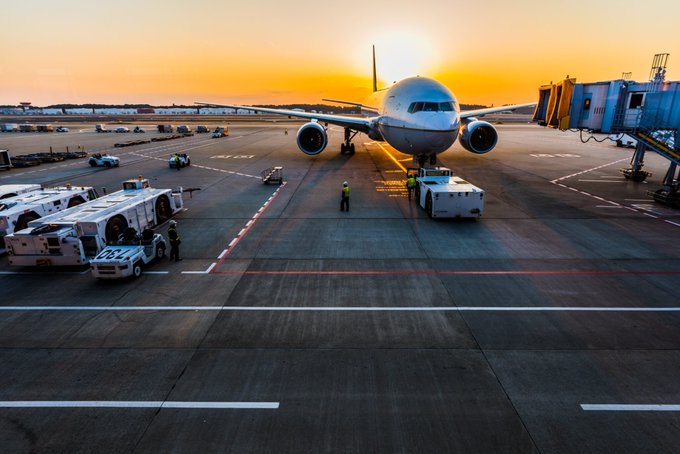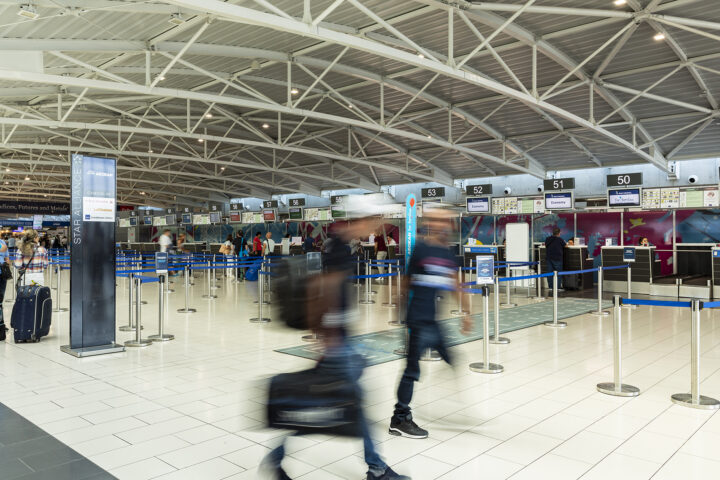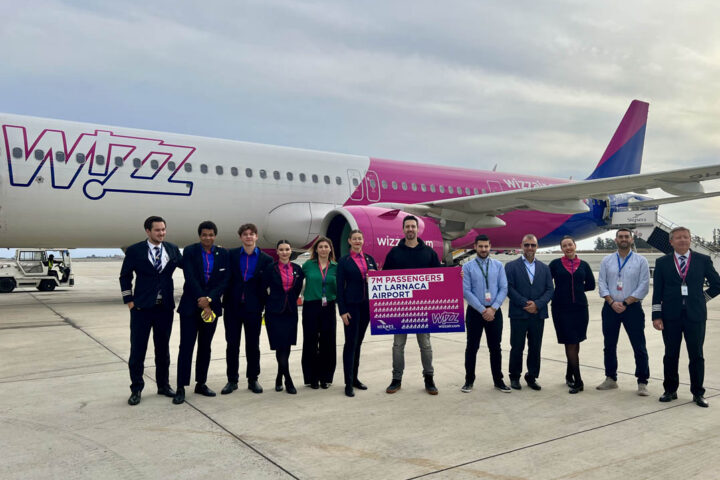The European air connectivity report reveals incomplete and imbalanced recovery, pointing to systemic changes in the aviation market, although Cyprus is among the few doing better post-pandemic.
ACI EUROPE Monday published the latest edition of the Airport Industry Connectivity Report, the definitive barometer of air connectivity.
It said Only five national markets have exceeded pre-pandemic connectivity levels: Türkiye (+19%), Cyprus (+17%), Bosnia-Herzegovina (+8%), Albania (+7%) and Greece (+4%).
Amongst larger EU+ markets, the UK (-10%) is best performing along with Spain (-12%), followed by Italy (-16%), France (-17%) and Germany (-27%) coming last.
Other EU+ markets, such as Czechia (-44%) and Finland (-40%), remain far from recovering their total connectivity level.
The international sanctions in response to the war in Ukraine have led to significant losses in total air connectivity for Belarus (-82%) and to a lesser – but still significant – extent for Russia (-34%).
The report shows that air connectivity is lagging behind the recovery of passenger volumes.
It also reveals how post-COVID recovery patterns impact the aviation market and the passengers and communities for whom connectivity serves mobility needs and delivers significant economic and social benefits.
These post-COVID recovery patterns are shaping the connectivity performance of national markets and individual airports, and they are driving structural changes with significant divergences between direct and indirect / hub connectivity.
European total air connectivity, meaning combined direct and indirect connectivity, is still down -16% compared to pre-pandemic (2019) levels.
This means that travellers from European airports continue to see fewer options – whilst the increase in air fares is more than six times above consumer price inflation.
A direct comparison with recovery in air passenger traffic shows connectivity significantly lagging with European passenger traffic currently at -7.6%2 against pre-pandemic levels.
These topline figures tell their own story, but beneath this lies significant divergences between national markets reflecting the permanence of COVID-19 recovery patterns.
In particular, we see the importance of Leisure and VFR demand, the selective expansion of ultra-LCCs (ultra-Low Cost Carriers), and the relative reduction of FSCs (Full-Service Carriers) – along with the impact of the war in Ukraine:
Recovery patterns
The same patterns influencing the divergences in national markets also drive structural changes in air connectivity.
Direct connectivity (-4%) has almost recovered, whereas indirect connectivity (-22%) and hub connectivity (-25%) both remain well below pre-pandemic levels.
This reflects that LCCs have increased their direct connectivity by +12% since pre-pandemic (2019) while FSCs have seen their direct connectivity decrease by -13%.
Still, FSCs have protected and even increased their share of direct connectivity at their main hubs to 66%.
Istanbul has replaced Amsterdam-Schiphol as the airport with the highest level of direct connectivity in Europe – moving up from the 5th position pre-pandemic.
The Turkish hub has exceeded its pre-pandemic direct connectivity level by +9% and increased it by a staggering +32% over the past 10 years – a performance largely driven by the growth of the network of Turkish Airlines.
The still low penetration of LCCs at the airport indicates its significant potential for further connectivity growth and diversification.
Amsterdam Schiphol’s direct connectivity is at -8% compared to pre-pandemic and remains the best for intra-European direct connectivity.
But if the decision of the Dutch Government to reduce its capacity is implemented, the airport will face downgrades in its ranking.
London Heathrow remains third, with its direct connectivity at -5% compared to pre-pandemic.
The British hub boasts by far the best direct connectivity to North America and the Asia-Pacific regions.
Frankfurt
Frankfurt remains top globally for hub connectivity – despite its hub connectivity level remaining -23% below 2019.
The German hub is followed by Istanbul (+31%) and Dallas Fort Worth (-19%).
With the performance of Istanbul as the notable exception, the European market is characterised by a systemic shrinkage of hub connectivity and considerable performance variations.
Helsinki (-61%) and Rome-Fiumicino (-60%) have both seen their hub connectivity levels shrink dramatically since the pandemic – a result of the war in Ukraine impacting the Asia-focused network of Finnair and the replacement of Alitalia by a smaller ITA Airways.
Stockholm-Arlanda (-54%), Warsaw (-43%), Brussels (-40%), and Munich (-37%) have also seen significant losses in hub connectivity levels.
Only a few smaller and niche hubs have managed to exceed their pre-pandemic hub connectivity levels: Istanbul-Sabiha Gökçen (+37%), Athens (+33%), Lisbon (+4%) and Dublin (+3%).
Olivier Jankovec, Director General of ACI EUROPE, said: “The COVID-19 pandemic, along with much increased geopolitical tensions – particularly the war in Ukraine – have clearly challenged the resilience of air connectivity.
“The report published today shows air connectivity in Europe is lagging behind traffic volumes and being anything but uniform across geographies and airport markets.
“These changes appear to be systemic and quite possibly here to stay.
“Alongside this, the climate emergency is bringing the societal role and value of air connectivity into question.”










